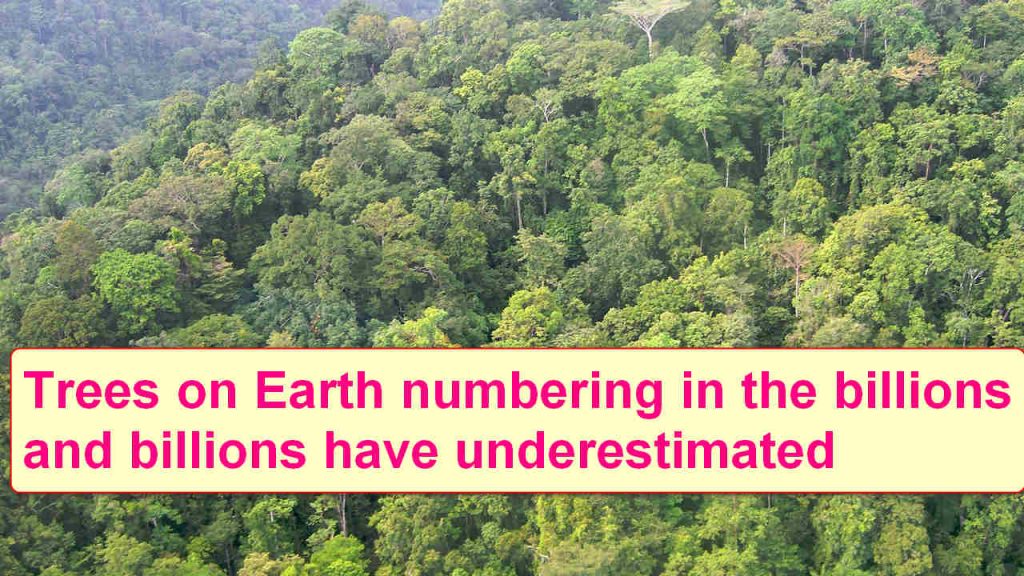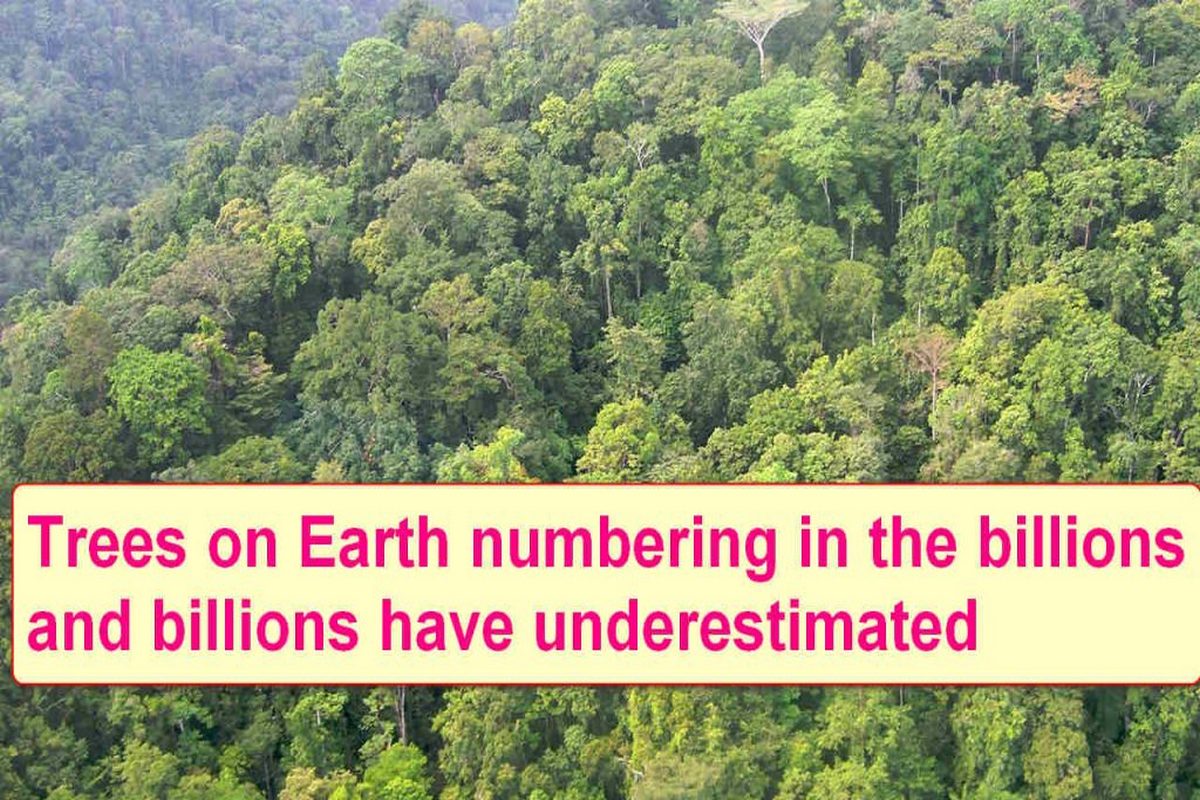There are more tree species on Earth than we previously imagined.

It’s possible that there are 9,200 more types of trees on Earth than previously believed.Over a third may be hidden in South America, according to academics.
The first “scientifically reasonable” assessment finds 14% more tree species than expected.
More than a third of the 9,200 unknown species are likely uncommon and lurking in South America’s biodiversity hotspots, such as the Amazon and the tropical Andes, according to Roberto Cazzolla Gatti and colleagues of the University of Bologna in Italy.
Recent research reveals that the number of tree species has been underestimated, despite the fact that there are billions of billions of trees on Earth.
Approximately 64,100 identified tree species exist on Earth. A global partnership of researchers reveals in the Proceedings of the National Academy of Sciences on February 8 that there might be at least 73,300, or approximately 14 percent more than previously estimated.
Comment from the leading researcher on the preceding argument
According to Cazzolla Gatti (Italian environmental and evolutionary biologist ), if more than 9,000 species of trees, which are sedentary and very huge, have not been discovered, then the number of animal species, which are much smaller and more mobile, that are yet unknown must be significantly greater.
Roberto Cazzolla Gatti (born 11 February 1984) has a Ph.D. in ecology. His study is at the intersection of macroecology, evolutionary biology, and behavioral ecology, focusing on biological diversity and global environmental protection.
The findings, according to the lead researcher, Dr. Peter Reich of the University of Minnesota in St. Paul, brought attention to the precarious state of the biodiversity of the world’s forests.
In an interview with BBC News, he stated that “our data will help us identify where biodiversity is most threatened.”
“This is in the tropics and subtropics of South America, Africa, Asia, and Oceania, and those are the locations where we detected hotspots of known and unknown uncommon species,” the researcher explained.
It is hoped that having knowledge about these hotspots would make it easier to prioritize future conservation efforts.
Tropical forests, according to Dr. Yadvinder Malhi of the University of Oxford, are the “global treasure chests of biodiversity” and are key absorbers of carbon dioxide emissions, which helps to halt global warming.
“This study demonstrates that tropical forests are much more diverse in their trees than we had previously assumed,” he added. “This contradicts our previous assumptions about the diversity of tropical forests.”
About 43% of all species are “missing” from South America, which is the continent with the most “missing” species.
Other continents’ statistical developments will be followed.
- Eurasia (22 percent )
- Africa (16 percent)
- North America (15 percent)
- Oceania (11 percent)
Natural forests that are rich in biodiversity are the healthiest and most productive. They are also essential to both the natural world and the global economy.
Why does most deforestation happen in tropical countries?
- cultivating the components of food that are consumed in Western countries, such as meat, palm oil, and soy (the last two of these are also used for cattle feed)
- climate change(Climate change is a change in the usual weather found in a place.)
- fires
The study, which was published in the Proceedings of the National Academy of Sciences journal, was the collaborative effort of over 140 scientists from across the world.
A concluding thought about the fascinating discovery made above
The findings indicate that more steps need to be taken in order to safeguard the amazing living forms that are required for the production of food, lumber, and medicine, as well as to combat climate change by removing carbon dioxide from the air.







